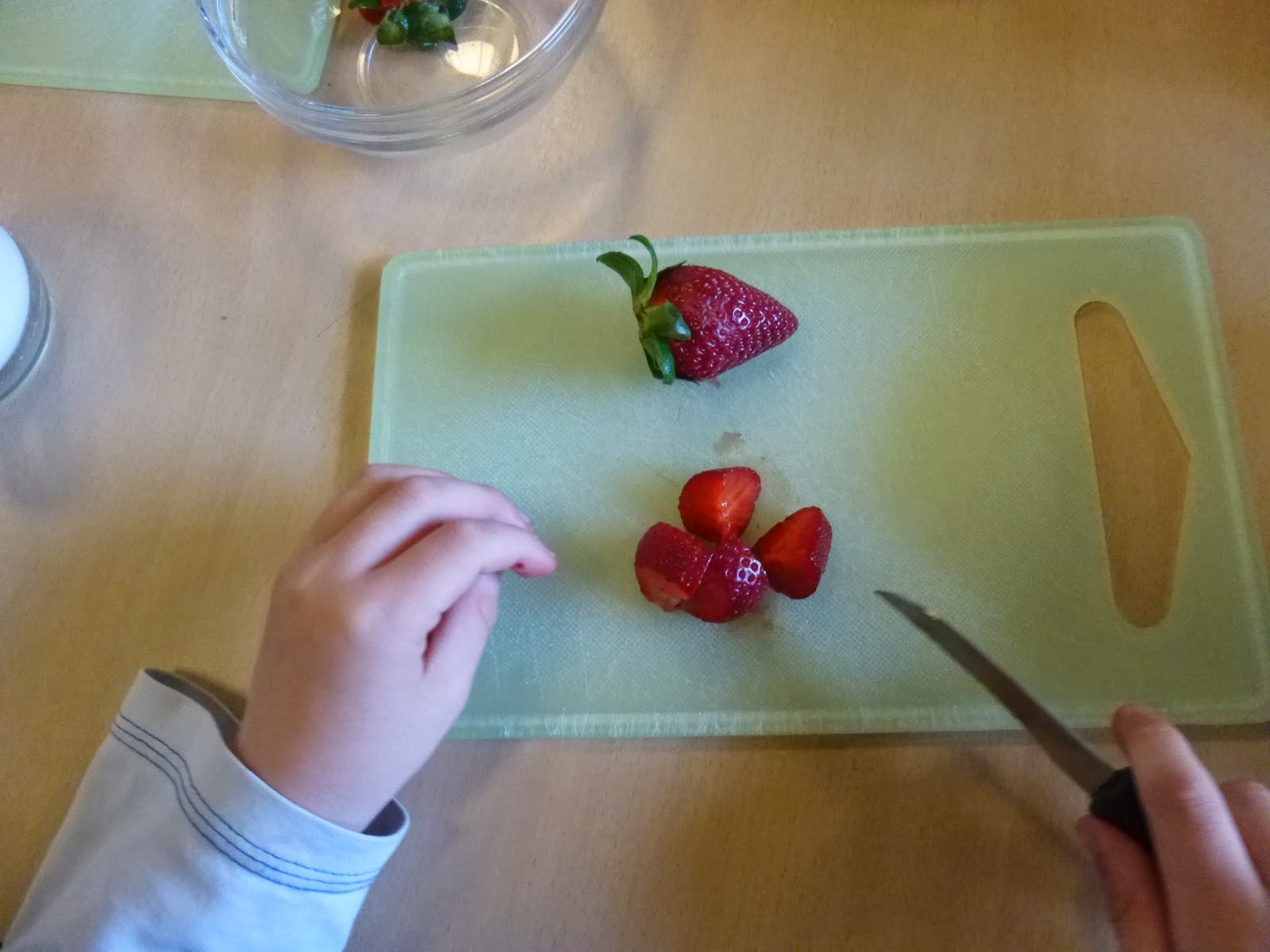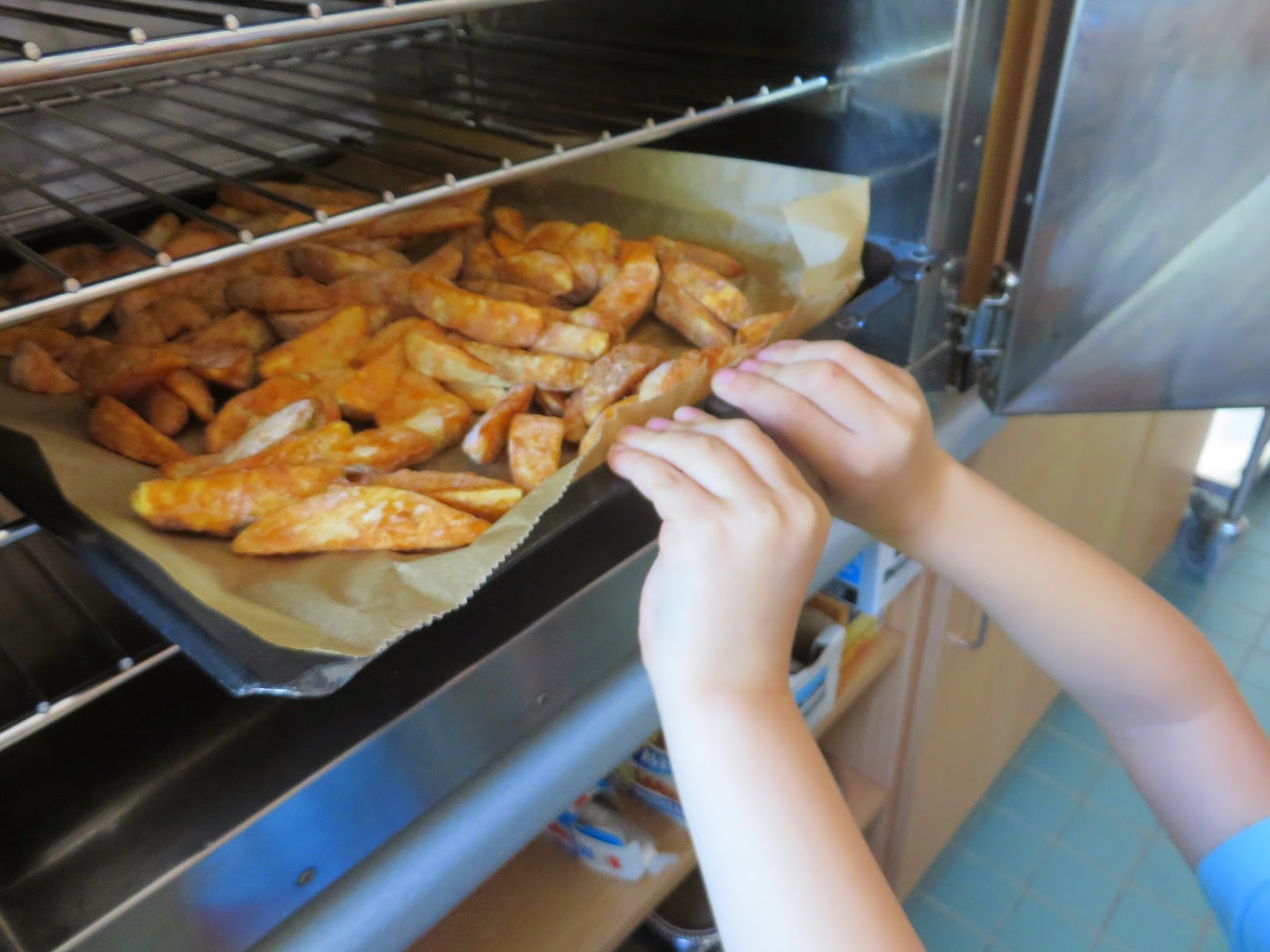Georges Seurat
Georges Seurat was born Paris on 2nd December 1859. His mother, Ernestine Faivre, was also born in Paris and his father, Antoine Chrisostome was born in Champagne and was a legal officer. His father spent the majority of his time in a cottage in Le Raincy, whilst his mother tended to Seurat and his siblings in Paris.Georges Seurat showed an interest in drawing from a very early age and studied with some notable figures in his tender years. This included French sculptor Justin Lequien and Henri Lehmann from the Ecole des Beaux-Arts.
Aged 20 Seurat left the Ecole des Beaux after finding a great deal of inspiration from the book 'Essai sur les signes inconditionnels' or 'Essay on the Unmistakable Signs of Art' in English. This book by Humbert de Superville was one of many that had a significant effect on Seurat's artistic direction.
After a brief spell in the army Seurat returned to the tutelage of Lehmann, but by now his views on art were beginning to diverge a great deal from his mentor. After leaving the school Seurat moved with friend and fellow artist Edmond-Francois Aman-Jean to the island of La Grande Jatte in 1881. This move served as one of Seurat's biggest inspirations and it was on the island that the artist painted one of the defining pieces of his career.
Advanced years:
Seurat's first seminal piece was rejected by the Paris Salon in 1883 and such rejection took its toll on the artist. Instead of making repeated admissions to the Salon, Seurat instead turned his back on conventional artistic exhibitions. Instead he joined ranks with the Groupe des Artistes Independants, whose credo was the advancement in theories in relation to modern art.
Here amongst other artists who had felt the biting rejection of the Salon Seurat's works found a welcome audience. Amongst the circle of artists Seurat befriended Paul Signac and with him shared his increasingly strong views about pointillism. Signac, realizing Seurat's vision for modern art, began to paint in a similar style.
Such initial recognition would soon turn into national praise when Seurat completed his two year mural-sized project, Sunday Afternoon on the Island of La Grande Jatte. The work was a large display of the exact style of pointillism and its size and unique technique garnered a great deal of praise from the Impressionist exhibition where it was first displayed.
After painting Sunday Afternoon, Seurat moved to another studio with model and Mistress Madeleine Knobloch. Knobloch gave birth to Seurat's first son in February of 1890, Pierre Georges.
Georges Seurat died on 29 March 1891, only months before the death of his second son. The reasons for Seurat's death are unknown but the most widely believed cause was diphtheria as his eldest son also died from the same condition shortly after. At the time of his death Seurat was working on his final artwork, which was left unfinished.
Breakfast of Georges Seurat:
First the children discuss how the people live in France and what kind of breakfast they eat today. Then they search about the life in the 19th century. They dicuss how many salary a artist could have for his art and they speak about the possibility the people had to buy things in the stores. We found pictures of the life of people in this time with cereals, fruits and milk. So the children decide that Georges Seurat like for breakfast a kind of porridge with cereals, fruits, honey, nuts and milk. The statement was: The people doesn´t have the possibility to buy often in the backery because this was very expensive and they took more things they could search in the wood or the garden.
Here the recipe:
This things you need to prepare the breakfast
And this are the ingredientes:
Cereals, Fruits of the wood, honey, nuts and milk
And here you can see how to do the breakfast:
 | |
| This is the result before and at the end |
Dear Mister Cardoso,
we are a children group
of a german Kindergarten. This year we are taking part in a Comenius
project about artists of different countries. Our children like the
pictures of you very much so we choose to invite you to join a
breakfast with us.
The reason for this
invitation is that you are (unfortunally) quite unknown in Germany
and we wanted to get to know more about you.
We would be very pleased
if you would like the different ingredients we cooked and baked for
you and we think you would have liked it in former times!
Yours Hoppetosse
AMADEO DE SOUZA –
CARDOSO
The Portuguese painter
was born in 1887 in Mancelos. After he started studiing architecture
he went to Paris which was the center of the world at the beginning
of the last century.
There he got to know a
lot of other artists. These relationships gave him the idea to work
as a painter and to stop the studies. During his years in Paris he
also got inspirations from the “Blaue Reiter” which is a bridge
to the german painter Franz Marc who was a member of the “Blaue
Reiter”.
When World war I started
Amadeo de Souza – Cardoso had to leave France and also if he tried
to return it wasn´t possible for him.
How we started to
find our breakfast for Amadeo de Souza – Cardoso…
The children of our group
(3 – 6 years old) only join us in the morning. After a little lunch
they are going home. That´s the reason why we wanted to do a
breakfast with the children for Amadeo de Souza – Cardoso.
One day we talked with
them about Cardoso and the circumstances he lived in. As you can see
there is not a lot we were able to use. So we talked about the time
and the living at the age of the beginning 1900s.
We think that Cardoso
grew up in the higher middle class of Portugal or the Highclass. We
imagined him to be quite rich because he was able to study and he
also had the chance to study in Paris what could be very expensive.
So he had a rich meal in the morning as we think.
The children told us the
things they imagined Cardoso to like and we also picked some recipes
together.
Now our idea of a
breakfast for Amadeo de Souza – Cardoso was born …
The recipes …
The lovely
Strawberry jam
This jam is very easy to
make:
Take 2 kg sweet
strawberries, wash them and take of the green thing at the top. Then
you cut the strawberries into pieces.
Take 1 kg of special
sugar (Gelierzucker) and mix it with the strawberries. After waiting
a few minutes you heat the strawberries up until they are cooking.
After 3 minutes you fill the jam into the glasses, close them and put
them onto the top. Don´t forget to turn them around after 10
minutes.
It tastes really
delicious!
Shaked butter
This recipe is a little
bit different to the work you made butter in former times.
Just take 200 ml sweet
cream and fill it into a cleaned glass with a fitting lid. Close it
and then you need a lot of strong children who shake the jam glass
until the cream became butter!
It tastes very good on
bread because it is a HARD work!
Country bread with
rosemary
Therefore you need:
1 kg of wheat flower
type 405
500 g of wheat flower
type 1050
2 teaspoons salt
2 pinches of sugar
3 packets of yeast
500 ml of milk
And a lot of rosemary needles
500 ml of milk
And a lot of rosemary needles
You mix everything
together until you get a pliable dough. Leave it on a warm place
until it is grown up to the double. Then knead it again form it to a
long bread and leave it again on a warm place.
Warm up the oven to 230 °
C and put the bread in. After 10 minutes you regulate the oven to 200
° C and leave the bread in the oven for about 45 minutes.
After this your bread
should look like ours!
Sweet rolls
You take 500 g of wheat
flour, 1 pinch of salt, 1/8 l milk, 100 g butter, 1 packet of yeast,
1 tablespoon sugar and 2 eggs.
Then you mix the
ingredients until you get a pliable dough. Leave it at a warm place
for nearly half an hour. Then knead it again. Now you can build rolls
or croissants as you like and leave it for another while.
Bake your rolls
(croissants etc.) until they are lightly brown at the temperature of
200 ° C.
They smell very good and
we would have liked to eat them immediately!
The rest for our lovely
tasting and smelling breakfast we bought:
- goat cheese
- sheep cheese
- raw ham
- olives
- cucumber
- tomatoes
and put it all together
for a lovely breakfast for the portuguese painter Amadeo de Souza –
Cardoso.
ENJOY OUR MEAL!
Wir
kochen David Hockneys Lieblingsgericht nach/
We
cooking David Hockneys favourite dish
Hamburger with
wedges and blueberrymuffins
Within
our Comenius project „Talking Art, Art Talking “we have the task
to cook the favourite dish from the artist David Hockney. He lives a
long time in the USA, in the city of L.A.
He
often went to eat at the diners. That’s the reason why we have
decided to cook with our childrens hamburger with wedges – a
typical American food. We are not sure if this really is his
favourite dish, because it was very difficult for us to find
something about this. We read an article in an interview in the
newspaper “Zeit” where he was asked about his favourite diner.
Therefore we have decided to cook American Fast Food.
Zutaten
Blaubeermuffins: (für 12 Muffins)
- 250g Mehl / flour
- 160g Zucker / sugar
- 1 PkVanillezucker / vanilla sugar
- 2Tl Backpulver / backing powder
- 200g Blaubeeren / blueberry
- 1Eier / egg
- 200g Saure Sahne / sour cream
- 80g Butter / butter
Zutaten
für Hamburger:
- Brötchen / Bread roll
- Scheiblettenkäse / chester cheese
- Frikadelle / meatballs
- Salatblätter / salad
- Tomatenscheiben / tomatos
- Gurkenscheiben (Essig/Salat) / cucumber
- Mayonaise / mayonnaise
- Senf / mustard
- Ketchup / ketchup
- Zwiebeln / onion
- Wedges mit Dip (Saure Sahne, Naturjoghurt, Schmand, Kräuter, Salz und Pfeffer)/wedges with dip (sour cream, natural joghurt, salt and pepper)

























